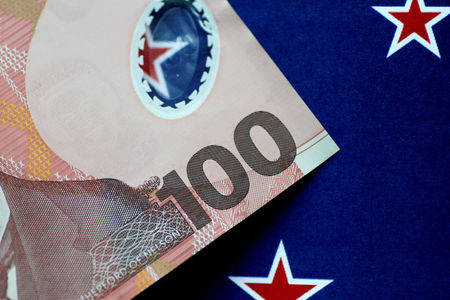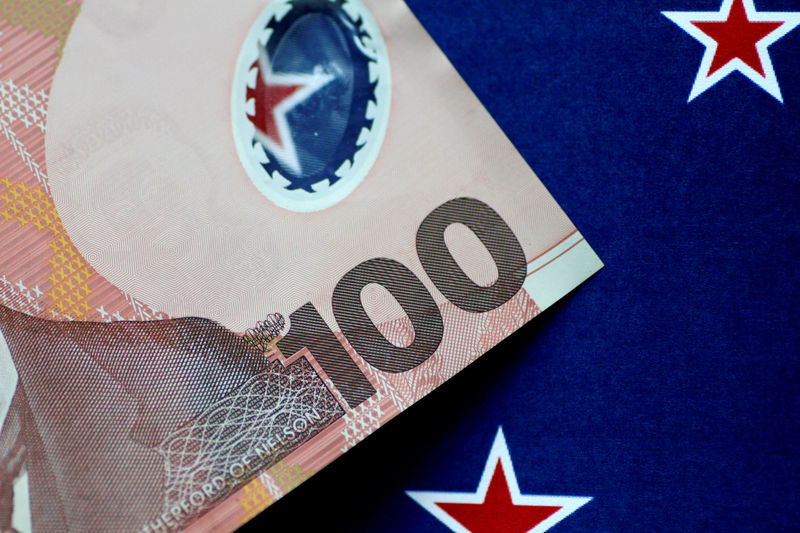
UBS expressed caution on the New Zealand dollar (NZD), citing a challenging economic outlook and the potential to underperform other major currencies.
The pair has been trading between 0.59 and 0.62 lately, with relatively high New Zealand interest rates offering some support despite a weakening domestic economy.
Inflation in New Zealand remains high, driven by factors including rising unemployment, declining business confidence and ongoing cost of living pressures, which are weighing on discretionary spending.
However, a slight recovery in dairy prices represents a potential upside to industry forecasts for 2024-25.
The Reserve Bank of New Zealand (RBNZ) remained hawkish at its latest meeting, surprising markets by considering a rate hike. The central bank also adjusted its official cash rate (OCR) forecast, hinting at a higher likelihood of further monetary tightening.
However, RBNZ Governor Adrian Orr in a recent interview played down the likelihood of another rate hike while inflation expectations remain unchanged. Short-term consumer price index (CPI) forecasts were revised upward, and the expected return to the 1-3% annualized inflation target range was delayed until the fourth quarter of 2024, with a forecast of 2.9% annualized. -by year.
Economic growth forecasts for 2024 were cut to 0.4% annualized from a previous 0.9%, with UBS’s estimate even lower at 0.3%. The 2025 forecast was also lowered to 1.8% annualized from 2.5% annualized.
The New Zealand government’s 2024 Budget announcement highlighted the challenges ahead, with weaker growth expectations and tax cuts leading to an expected deficit of NZ$13.4 billion in the 2025 financial year, representing 3.1% of GDP, down from the previous deficit forecast at 6.1 billion New Zealand dollars. .
UBS forecasts additional government bond issuance, which could push yields higher than its current 10-year forecast of 4%. In terms of interest rates, UBS expects a 25 basis point cut in November and a 50 basis point cut in February 2025, with a projected terminal rate of 3.25% by the fourth quarter of 2025, down from the current 5.5%.
From an investment perspective, UBS expects the New Zealand dollar to underperform most G10 currencies over the next 12 months. They also forecast the pair to rise to around 1.15 over the same period, assuming a long position if the pair falls to around 1.08 or lower.
Although technical indicators show the New Zealand dollar at the upper end of the Relative Strength Index (RSI) range and momentum is positive, it appears to be waning. Key risks to the NZD/USD outlook include potential aggressive action by the US Federal Reserve, geopolitical tensions between the US and China and an unexpected RBNZ rate hike.
This article was created with the help of AI and reviewed by an editor. For more information please see our Terms and Conditions.


